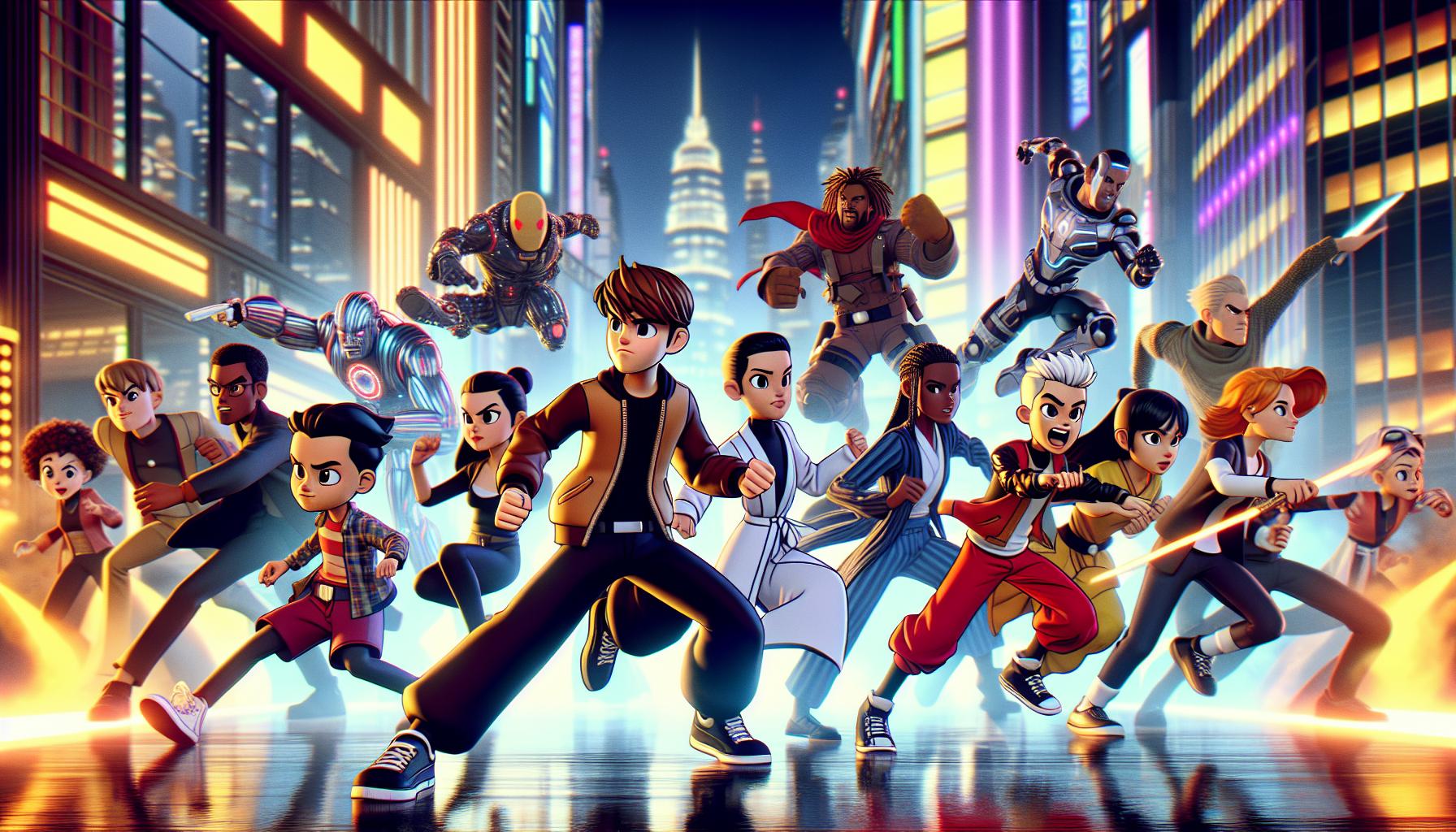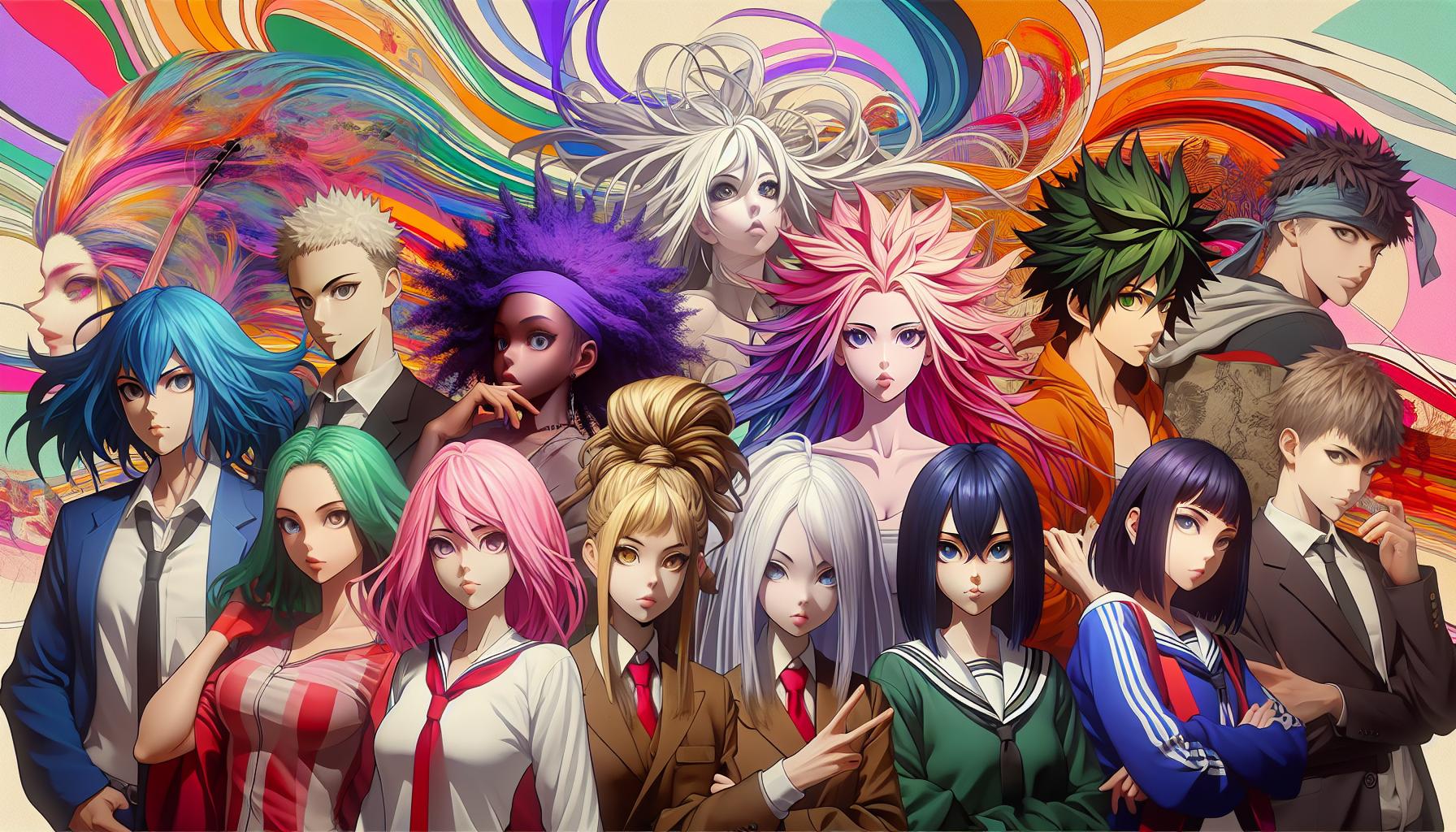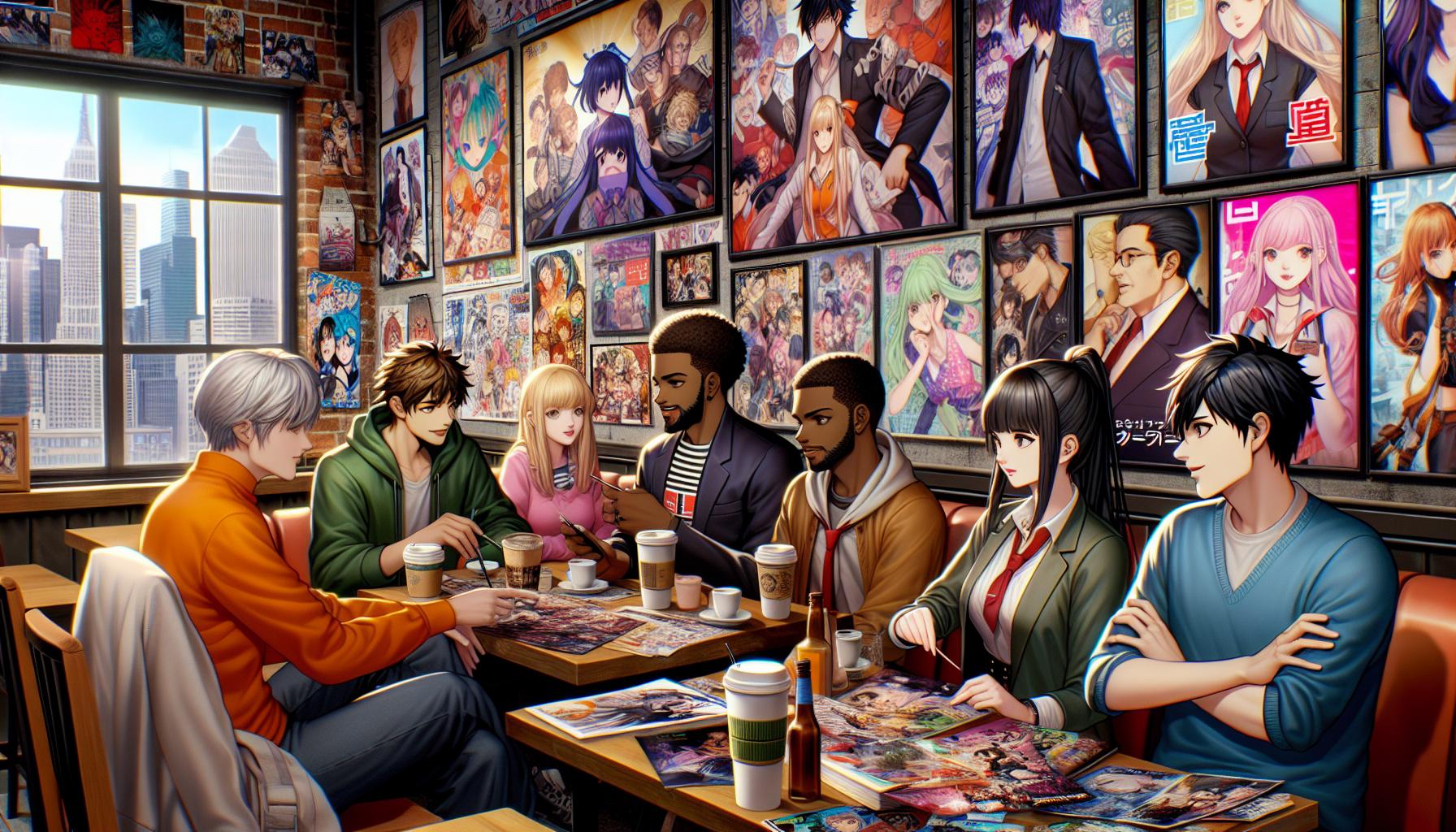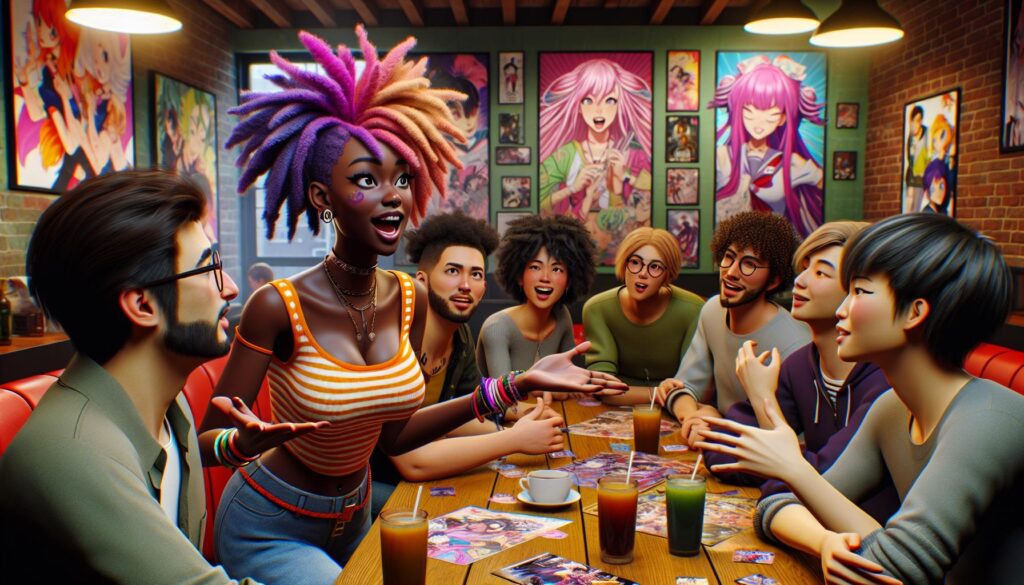Anime and manga have taken the world by storm, captivating millions with their vibrant visuals and compelling storytelling. As someone who’s immersed in this dynamic culture, I’ve seen how these two art forms intertwine, creating a rich tapestry of characters and narratives that resonate with fans everywhere.
From heartwarming tales to epic adventures, anime and manga offer something for everyone. Whether you’re a seasoned veteran or just starting your journey, understanding the unique relationship between these mediums can enhance your appreciation and enjoyment. Join me as I explore the fascinating world of anime and manga, uncovering the magic that keeps us coming back for more.
Key Takeaways
- Interconnected Art Forms: Anime and manga are closely intertwined, with each medium enriching the storytelling experience through unique narratives and artistic styles.
- Complex Themes: They often explore deep themes, such as emotions, relationships, and philosophical inquiries, allowing audiences to engage with more than just surface-level stories.
- Character Development: Strong character arcs are essential, showcasing profound transformation and inner struggles, making them relatable and impactful for viewers and readers.
- Innovative Narrative Structures: Non-linear storytelling, flashbacks, and multiple perspectives challenge traditional narratives and encourage active audience participation and analysis.
- Diverse Artistic Styles: Varied visual aesthetics and unique character designs play crucial roles in shaping mood, tone, and audience connections, enhancing the overall experience.
- Cultural Impact and Reception: Anime and manga have a significant global influence, attracting diverse demographics and receiving critical acclaim for their innovative storytelling and artistic merit.
Anime:2zrwot4wmmg= Manga
Anime:2zrwot4wmmg= manga represents a specific genre within the broader universe of manga, known for its distinct storytelling techniques and artistic styles. This genre often intertwines complex narratives and rich character development, resulting in immersive experiences for viewers and readers.
Themes within anime:2zrwot4wmmg= manga focus on emotions, relationships, and philosophical inquiries. Many series explore intricate plot lines that challenge conventional storytelling, encouraging audiences to contemplate deeper meanings.
Various styles exist within this genre, each characterized by unique visual aesthetics and design choices. Some works emphasize a more whimsical approach, while others adopt darker, more mature tones. These variations cater to diverse audiences, ensuring that everyone can find a story that resonates.
Noteworthy examples include series that have gained significant popularity and critical acclaim. Titles such as “Death Note” and “Attack on Titan” exemplify the genre’s ability to captivate through suspenseful plots and multi-dimensional characters.
Engagement with anime:2zrwot4wmmg= manga fosters community discussions, enabling fans to share interpretations and theories regarding character arcs and thematic elements. This exchange enriches the overall experience, creating a sense of belonging among enthusiasts.
Understanding anime:2zrwot4wmmg= manga can enhance appreciation for the broader anime and manga culture. The interconnectedness of these two forms serves to deepen one’s enjoyment, revealing the unique contributions of each medium to storytelling and artistic expression.
Key Themes and Motifs

Anime and manga feature rich themes and motifs that resonate deeply with audiences. They explore complex elements of life, often drawing on emotions, relationships, and philosophical questions.
Character Development
Character development stands at the forefront of storytelling in anime and manga. Protagonists often undergo significant transformation, facing challenges that shape their identities. For example, in “Naruto,” Naruto Uzumaki evolves from a misunderstood outcast to a respected leader, showcasing resilience. Similarly, in “My Hero Academia,” Izuku Midoriya embraces his shortcomings while striving for greatness, highlighting the themes of perseverance and growth. These narratives emphasize not just external conflicts but inner struggles, allowing viewers to connect with characters on a personal level.
Narrative Structure
Narrative structure in anime and manga often defies traditional linear storytelling. Many series utilize non-linear timelines, flashbacks, and multiple perspectives that create intricate plots. For instance, “Steins;Gate” employs time travel to weave together cause and effect, challenging viewers to piece together timelines. Additionally, stories often feature episodic arcs that gradually build a larger narrative, as seen in “One Piece,” where each arc contributes to an overarching journey. This complex structure invites audiences to engage actively, encouraging analysis and speculation as they follow the evolving storylines.
Artistic Style and Animation

Artistic style and animation play crucial roles in defining anime and manga. Distinctive visual elements shape storytelling, enhance character identity, and immerse audiences in unique worlds.
Visual Aesthetics
Visual aesthetics in anime and manga often vary by genre, with styles ranging from exaggerated features to hyper-realistic designs. Series like “Your Name” employs breathtaking landscapes and fluid animations to evoke emotional resonance. In contrast, shows like “One Punch Man” use a blend of detailed artistry and satirical simplicity to convey humor and action simultaneously. This diversity in aesthetics reflects the cultural influences and artistic experimentation that enrich the viewing and reading experience.
Color Palettes and Character Design
Color palettes significantly affect mood and tone in anime and manga. Bright, vibrant colors typically represent joyful themes, while darker shades can indicate sorrow or conflict. For instance, the use of warm tones in “My Neighbor Totoro” adds warmth and nostalgia, engaging viewers emotionally.
Character design likewise plays an essential role, with each character’s appearance often embodying their personality traits. Iconic characters like Goku from “Dragon Ball” utilize distinctive hairstyles and color schemes to enhance recognition. The meticulous attention to both color and design fosters a deep connection between characters and audiences, shaping perceptions and narratives across the mediums.
Cultural Impact and Reception

Anime and manga have made a significant cultural impact worldwide, attracting a diverse audience and igniting discussions across various platforms. Understanding audience demographics and critical reception reveals the true depth of their influence.
Audience Demographics
Audience demographics for anime and manga display a broad spectrum of age groups and backgrounds. Surveys indicate that 40% of viewers are aged 18-34, with 20% falling between 35-44 years old. Approximately 60% of viewers identify as male, while 40% identify as female. Global reach extends to countries like Japan, the United States, and South Korea, contributing to local adaptations and cultural exchanges. Fans from varying cultural contexts engage with different genres, with shonen titles appealing to younger audiences and shojo attracting a more diverse range of viewers. Additionally, online communities and platforms like Crunchyroll and Funimation enable connection and collaboration among fans, emphasizing shared interests and fostering cross-cultural interactions.
Critical Response
The critical response to anime and manga showcases their artistic and narrative achievements. Reviewers often praise their complex themes, innovative storytelling, and character development. Shows like “Cowboy Bebop” and “Neon Genesis Evangelion” receive acclaim for their philosophical undertones and emotional depth, frequently cited in discussions surrounding animation as a legitimate art form. Critics highlight the versatility within genres, noting how series like “My Neighbor Totoro” blend whimsical storytelling with profound life lessons. Ratings from platforms like MyAnimeList reflect a strong, positive reception, with the average user scores often exceeding 8 out of 10. Furthermore, award recognition from organizations such as the Eisner Awards and the Tokyo Anime Award Festival reaffirms anime and manga’s impact, promoting respect for these mediums within the global entertainment landscape.
Anime and Manga
Anime and manga continue to shape the landscape of global entertainment in remarkable ways. Their ability to blend stunning visuals with deep narratives creates an experience that resonates with fans from all walks of life. I’ve found that exploring these interconnected mediums not only enhances my appreciation for storytelling but also fosters a sense of community among fellow enthusiasts.
The diverse themes and artistic styles invite us to reflect on our own lives while immersing ourselves in fantastical worlds. As I delve deeper into this vibrant culture, I’m constantly reminded of the power of anime and manga to inspire and connect us, making them invaluable to the artistic expression of our time.
